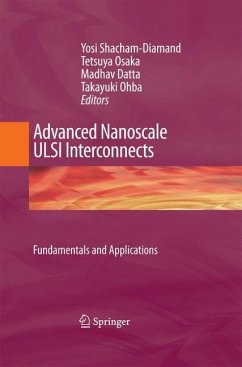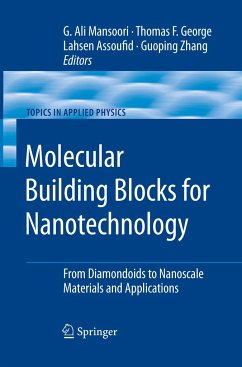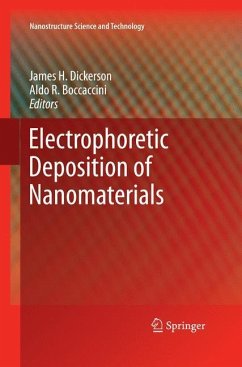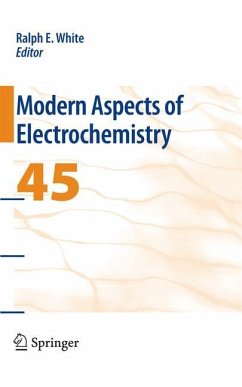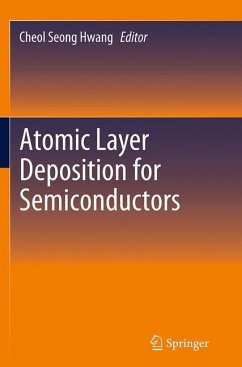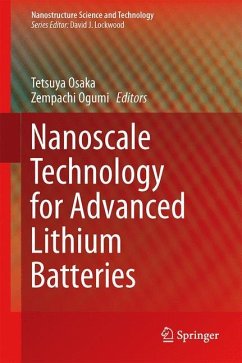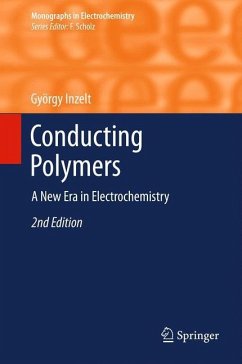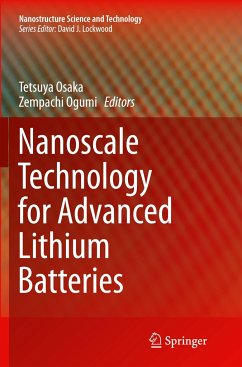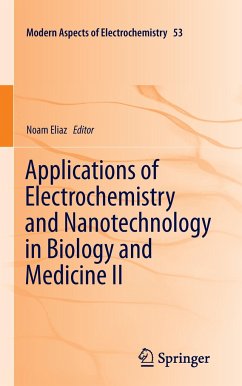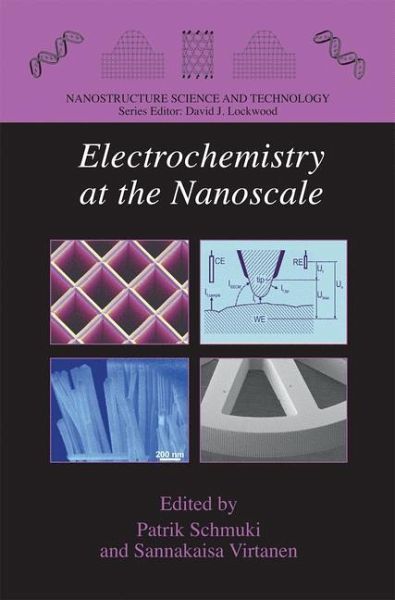
Electrochemistry at the Nanoscale

PAYBACK Punkte
71 °P sammeln!
For centuries, electrochemistry has played a key role in technologically important areas such as electroplating or corrosion. In recent decades, electrochemical methods are receiving increasing attention in important strongly growing fields of science and technology such as nanosciences (nanoelectrochemistry) and life-sciences (organic and biological electrochemistry).Characterization, modification and understanding of various electrochemical interfaces or electrochemical processes at the nanoscale, has led to a huge increase of the scientific interest in electrochemical mechanisms as well as ...
For centuries, electrochemistry has played a key role in technologically important areas such as electroplating or corrosion. In recent decades, electrochemical methods are receiving increasing attention in important strongly growing fields of science and technology such as nanosciences (nanoelectrochemistry) and life-sciences (organic and biological electrochemistry).
Characterization, modification and understanding of various electrochemical interfaces or electrochemical processes at the nanoscale, has led to a huge increase of the scientific interest in electrochemical mechanisms as well as of application of electrochemical methods in novel technologies. This book presents exciting emerging scientific and technological aspects of the introduction of the nanodimension in electrochemical approaches are presented in 12 chapters/subchapters.
Characterization, modification and understanding of various electrochemical interfaces or electrochemical processes at the nanoscale, has led to a huge increase of the scientific interest in electrochemical mechanisms as well as of application of electrochemical methods in novel technologies. This book presents exciting emerging scientific and technological aspects of the introduction of the nanodimension in electrochemical approaches are presented in 12 chapters/subchapters.





